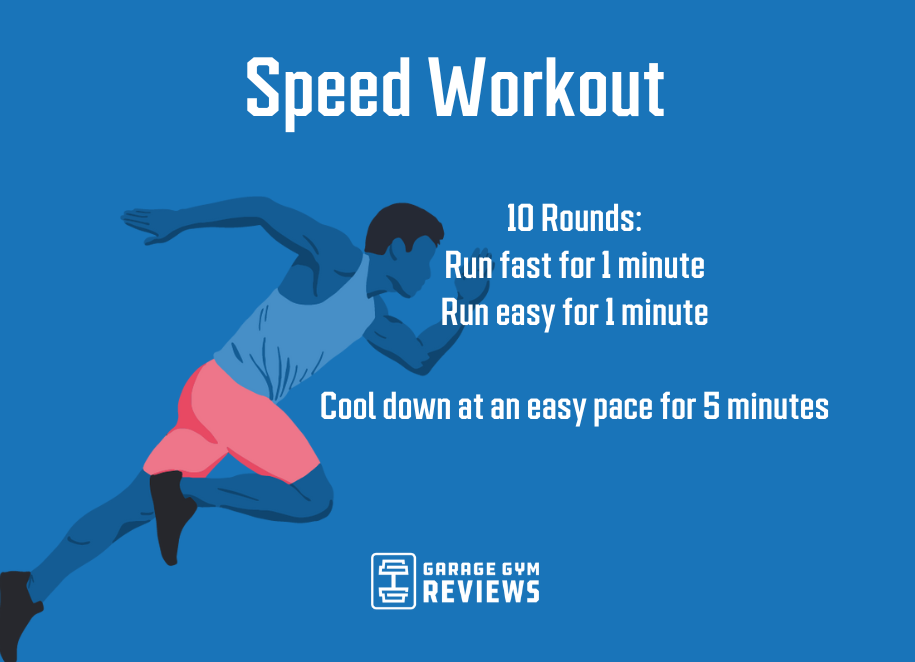Turbocharge Your Runs: Open Your Possible with Strategic Running Workouts
Turbocharge Your Runs: Open Your Possible with Strategic Running Workouts
Blog Article
The Ultimate Overview to Managing Pain When Running
Whether you are an experienced marathoner or just starting your running journey, recognizing the various types of pain that can develop and the strategies to resolve them is important. From pre-run warm-up routines to proper footwear choice, there are various factors to take into consideration when it comes to dealing with pain while running.

Recognizing Various Sorts Of Running Pain
When running, it is necessary to distinguish between different sorts of pain to stop injuries and maximize efficiency (Read More). One typical type of pain that runners may experience is muscular tissue pain, which normally occurs from the stress placed on muscle mass throughout workout. This kind of pain is usually a regular part of the running procedure and can be taken care of with proper workout, cool-down, and stretching regimens
Another sort of discomfort to be aware of is joint pain. Joint discomfort can indicate issues such as overuse, inappropriate kind, or underlying conditions like arthritis. Overlooking joint pain can result in extra severe injuries, so it is important to resolve any discomfort immediately and perhaps look for professional guidance.
In addition, sharp or stabbing discomforts should not be disregarded. These kinds of discomfort can signify acute injuries such as strains, sprains, or tension cracks - running workout. Proceeding to run through these kinds of pain can exacerbate the injury and prolong recovery time

Pre-Run Warm-Up and Stretching Routine
To prepare the body for a running session, applying an efficient pre-run workout and stretching regular is necessary. A proper warm-up assists boost blood circulation to the muscle mass, enhances versatility, and minimizes the danger of injury during the run. Begin with dynamic stretches like leg swings, arm circles, and high knees to gradually raise your heart price and relax the muscular tissues. Dynamic extending assists imitate the movements you'll be doing while running, preparing your body for the activity ahead. Follow this with fixed stretches concentrating on major muscle mass groups such as the hamstrings, quadriceps, calf bones, and glutes. Hold each go for regarding 15-30 seconds without jumping to promote muscle leisure and versatility. Remember to pay attention to your body and change the intensity of your workout based on your physical fitness level and any kind of pre-existing conditions. By incorporating a regular pre-run warm-up and stretching regular right into your running program, you can optimize efficiency and lessen the danger of pain or injury.
Proper Shoes Selection and Fit
Picking suitable shoes that fits well is important for joggers to stop discomfort and lower the danger of injuries. Ill-fitting footwear can result in sores, black toenails, shin splints, and various other agonizing conditions that can impede efficiency and sideline training. When choosing operating shoes, it is vital to think about variables such as foot type, running stride, arch support, cushioning, and footwear size. running strategy. Visiting a specialty running shop for click this site a stride analysis and specialist fitting can assist ensure that you choose the right footwear for your specific needs. Running footwear need to provide appropriate support and stability while additionally fitting and lightweight. In addition, it is advised to replace your running footwear every 300-500 miles to keep proper padding and assistance. Buying top notch footwear that is ideal for your running style and foot composition is an aggressive action towards avoiding pain and injuries during your runs.
Nutrition and Hydration Tips for Discomfort Avoidance

Hydration is equally vital for runners to prevent pains, dehydration, and other discomforts that can bring about pain throughout running. It is advised to drink an appropriate quantity of water throughout the day and especially previously, throughout, and after running sessions. Electrolyte-rich beverages or sports beverages can additionally be useful for restoring shed minerals and maintaining appropriate liquid equilibrium. running workout (Read More). By prioritizing nourishment and hydration, runners can improve their efficiency, reduce discomfort, and enjoy a much more comfy running experience.
Post-Run Recovery Techniques to Alleviate Discomfort
Implementing effective recuperation strategies is crucial for alleviating pain and promoting muscle mass recovery after running sessions. One crucial post-run recovery strategy is stretching. Integrating fixed go for major muscle groups can assist decrease muscle mass stress and soreness. Foam rolling is an additional useful technique to release muscle mass tightness and improve blood circulation to the muscle mass, helping in quicker healing. Additionally, icing sore areas for 15-20 minutes can help minimize inflammation and numb discomfort post-run.
Hydrating effectively post-run is vital for renewing fluids shed throughout workout and assisting in muscle healing. Eating a well balanced snack or meal that includes healthy protein and carbohydrates within half an hour of ending up a run can help fix muscle mass tissue and restore power stores. Additionally, obtaining adequate remainder is crucial for permitting the body to fix and enhance muscle mass. Incorporating energetic recuperation activities such as light strolling or swimming can likewise aid promote blood flow and reduce muscle rigidity - Read More. By incorporating these post-run healing techniques right into your regimen, you can successfully handle pain and maximize your running efficiency.
Conclusion
To conclude, resolving different kinds of running pain via appropriate warm-up, extending, footwear option, nutrition, hydration, and post-run recuperation methods is essential for discomfort prevention and monitoring. By comprehending the root causes of pain and implementing these methods, runners can lessen discomfort and prospective injuries. It is crucial to prioritize general physical wellness and well-being to make certain an effective and satisfying running experience.
Report this page